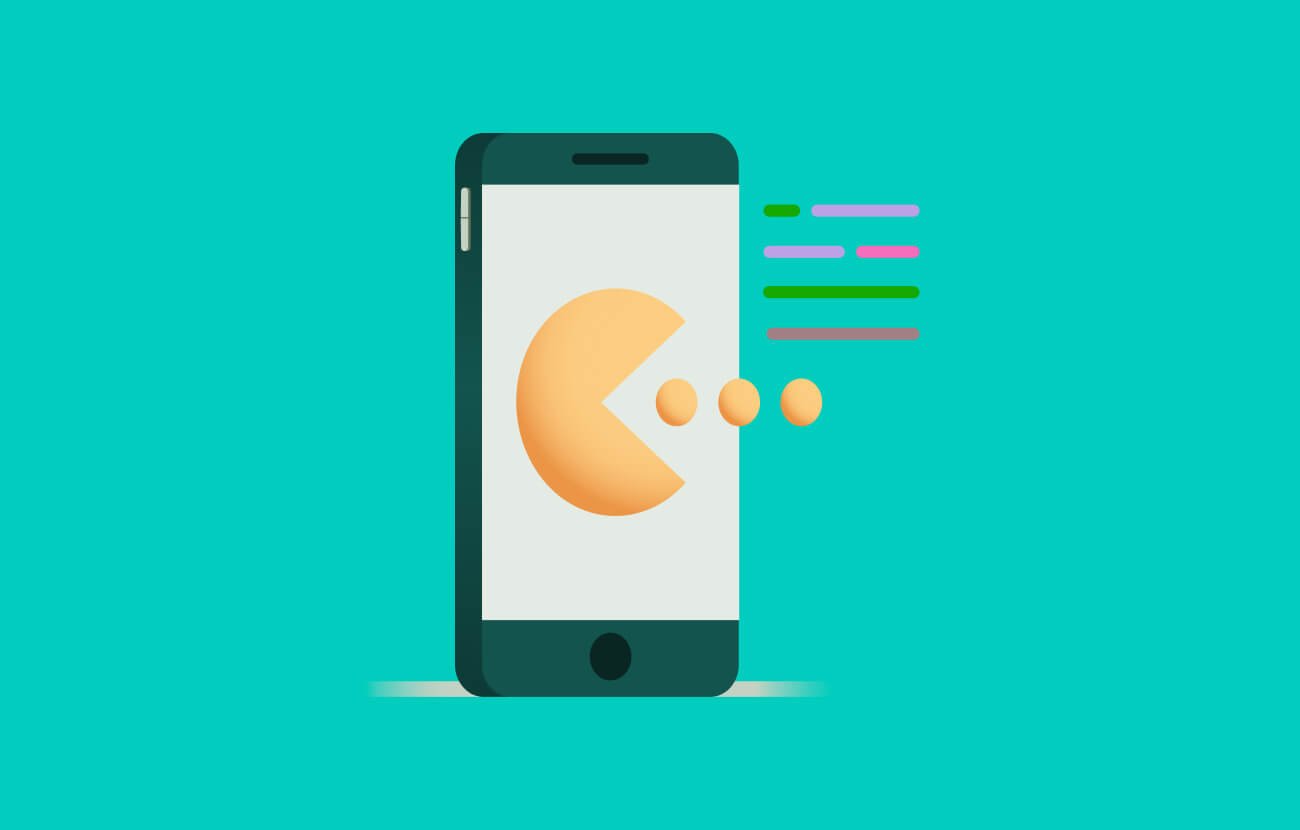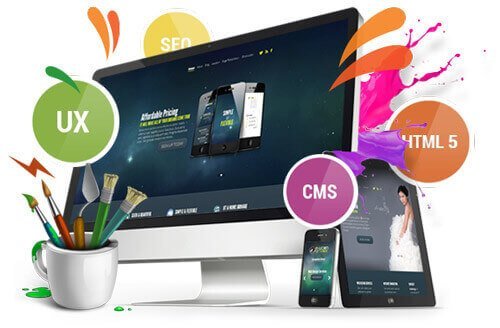In today’s digital world, building a mobile app can be a game-changer for businesses and entrepreneurs alike. Mobile apps offer a direct and engaging way to connect with users, streamline services, and offer value. If you’re ready to develop your own app but unsure where to start, this step-by-step guide will walk you through the entire process, from concept to launch.
Step 1: Define Your App’s Purpose and Audience
Every successful app starts with a clear idea. Begin by identifying the purpose of your app and the problem it aims to solve. Understanding your target audience is crucial—consider their needs, preferences, and behavior. Ask yourself:
- Who will use the app?
- What specific problems does it solve for them?
- How will it improve their lives or make tasks easier?
Write down these insights, as they’ll serve as the foundation for your app’s features and design.
Step 2: Conduct Market Research
Research is essential to verify that your app idea has a place in the market specially in best mobile app development company in Dubai. Analyze competitors by downloading similar apps and identifying their strengths and weaknesses. Look at user reviews to understand what users like and dislike.
- Competitor Analysis: Identify existing apps similar to your concept.
- User Insights: Analyze what users want but aren’t finding in current apps.
- Feature Prioritization: List essential features that will differentiate your app.
This research will help you refine your app’s unique selling points and avoid common pitfalls.
Step 3: Choose Between Native, Web, or Hybrid Apps
Next, decide on the type of app you want to build. Your choice will influence your development path, timeline, and budget.
- Native Apps: Built specifically for iOS or Android. They offer the best performance but require separate development for each platform.
- Web Apps: Accessed via a web browser, these are cheaper to build but lack some functionality of native apps.
- Hybrid Apps: Built with cross-platform technologies, hybrids are faster to develop and can run on multiple platforms.
Consider factors like your budget, target audience, and desired features when making this decision.
Step 4: Design the User Interface (UI) and User Experience (UX)
Design plays a crucial role in app success. A visually appealing and user-friendly interface enhances the experience and keeps users engaged.
- Wireframing: Create basic sketches or digital wireframes that outline each screen’s structure and layout.
- Prototyping: Use prototyping tools to create a clickable version of the app. This allows you to test functionality and get feedback on the layout and flow.
- UI/UX Design: Consider hiring a designer or using design tools to create professional visuals, keeping the interface simple, intuitive, and visually cohesive.
Remember, simplicity and ease of use are key. An overly complex app can deter users.
Step 5: Develop a Minimum Viable Product (MVP)
An MVP is a version of your app with core features, allowing you to launch quickly and test your idea with real users before investing more time and resources.
- Core Features Only: Focus on essential functionalities that deliver the primary value of your app.
- Quick Testing: Launching an MVP allows you to gather valuable feedback from early users and iterate based on their needs.
- Cost-Efficiency: An MVP minimizes development costs while giving you a clear sense of your app’s potential.
This agile approach ensures you’re creating a product that meets real-world needs without overextending your budget.
Step 6: Develop the App
With your design and MVP plan in place, it’s time to move into the development phase. This step involves front-end (user-facing) and back-end (server-side) development.
- Front-End Development: This involves coding the visual elements and interactions. For native apps, iOS uses Swift or Objective-C, while Android uses Kotlin or Java.
- Back-End Development: The back end handles data storage, user authentication, and the app’s core logic. Many apps use cloud services like Firebase or Amazon Web Services (AWS) for back-end support.
- APIs Integration: Connect your app to third-party services, such as payment gateways or social media logins, using Application Programming Interfaces (APIs).
Consider hiring skilled developers or a development team, especially if your app requires advanced features.
Step 7: Test Thoroughly
Testing ensures that your app is user-friendly, functional, and free of bugs. Quality assurance is a critical step that should not be rushed.
- User Testing: Share the app with a small group to receive feedback on functionality and usability.
- Functional Testing: Test all features to ensure they work as intended.
- Performance Testing: Ensure the app performs well under different conditions, like varying internet speeds and device types.
Testing should cover all scenarios, including edge cases, to deliver a seamless user experience at launch.
Step 8: Launch Your App
After testing and refining, it’s time to launch. Submit your app to app stores—Google Play for Android and the Apple App Store for iOS.
- Store Optimization: Use keywords, high-quality screenshots, and a compelling app description to improve visibility.
- Marketing and Promotion: Share the app on social media, blogs, and other platforms to build awareness.
- Gather Feedback: Pay attention to early user feedback and reviews, which can help you identify areas for improvement.
Step 9: Maintain and Update Your App
An app’s success doesn’t end with its launch. Regular updates keep users engaged and fix any issues that arise.
- User Feedback: Listen to user feedback and address any concerns in future updates.
- Feature Expansion: Consider adding new features based on user requests or market trends.
- Regular Maintenance: Ensure the app remains compatible with new OS updates and devices.
Conclusion
Building a mobile app is a complex but rewarding process. By following these steps—starting with a solid concept and moving through research, design, development, and maintenance—you can create an app that meets user needs and drives business growth.



